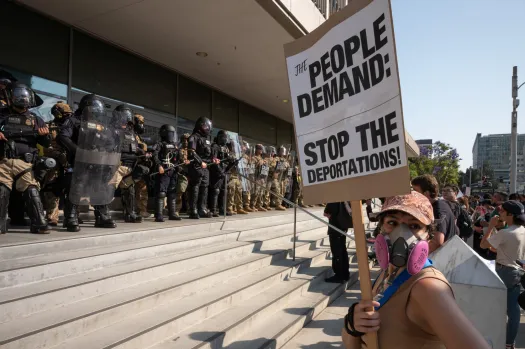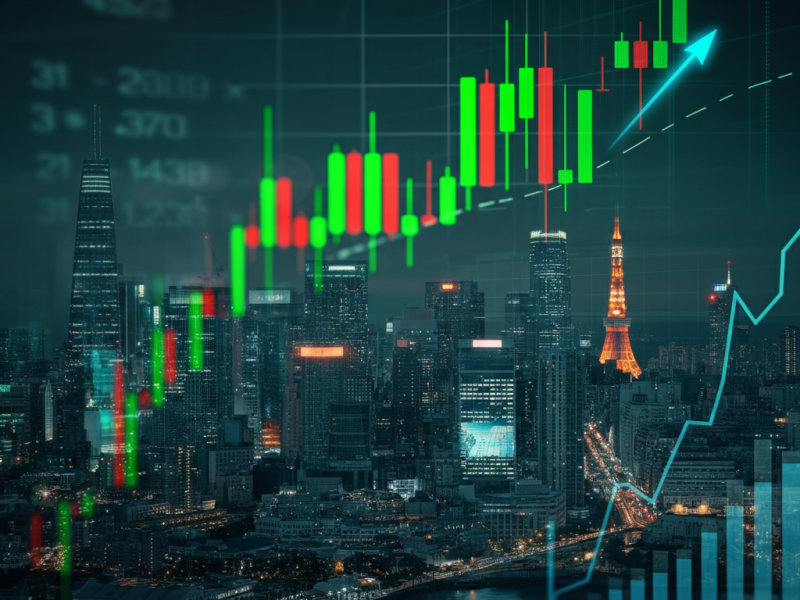Los Angeles is waking up to the aftermath of another weekend of protests—this time aimed squarely at U.S. Immigration and Customs Enforcement (ICE). What started as a demonstration against federal immigration policies spilled into the streets with a familiar visual outcome: walls, signs, and public buildings across LA were blanketed in graffiti.
While the anti-ICE protests brought passionate crowds and heated speeches, it’s the layers of spray paint now covering the city that are drawing a different kind of attention. City crews began clean-up operations early Monday morning, scrubbing and repainting affected areas across downtown and nearby neighborhoods.
Protest Sparks, Graffiti Spreads
The anti-ICE protests drew several hundred people over the weekend, with organizers demanding the abolition of ICE and an end to what they call unjust detainment of immigrants. While most of the protests remained peaceful, a small group splintered off and took to tagging buildings with anti-ICE slogans, anarchist symbols, and political messages.
Graffiti covered everything from city property and small businesses to freeway signs and historic landmarks. The swift spread of street art prompted a fast response from LA sanitation services and public works crews.
City Response Kicks In
By Sunday evening, LA Mayor Karen Bass acknowledged the situation, stating that “the right to protest must not be confused with the right to deface public and private property.” She confirmed that cleanup teams would prioritize graffiti-covered areas near schools, transit stations, and civic buildings.
The Los Angeles Department of Public Works confirmed that over 70 cleanup requests were filed within 24 hours of the protest. Crews are using power washers, solvent-based cleaners, and fresh coats of paint to restore affected areas.
Community Impact
For business owners in downtown LA, the damage is more than aesthetic. Some reported being forced to close temporarily to remove graffiti from windows and doors. Others say they support the protest’s cause but not the collateral damage.
“I believe in the message, but destroying property dilutes it,” said Ana Morales, owner of a local café in the Arts District. “It makes it harder for people to focus on the real issues.”
What Happens Next?
The city plans to finish the initial wave of cleanup within a week, though some areas may take longer due to ongoing investigations or budget constraints. As the graffiti is scrubbed away, conversations continue about how to channel protest energy into lasting policy change—without leaving another mess behind.
Whether or not you agree with the tactics, one thing is clear: the protests are over, but LA’s streets are still telling the story.


